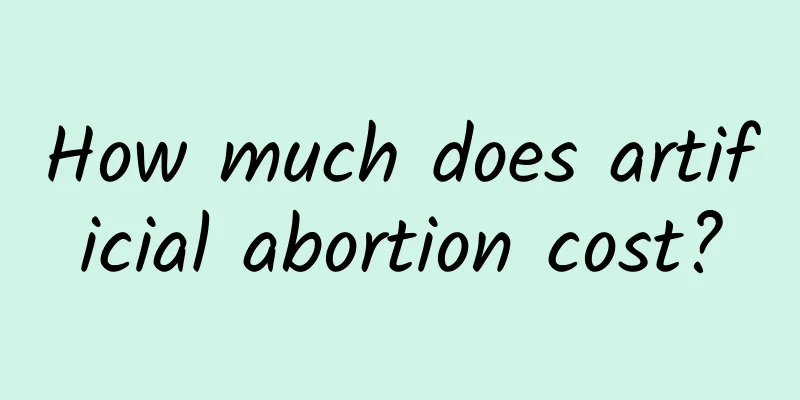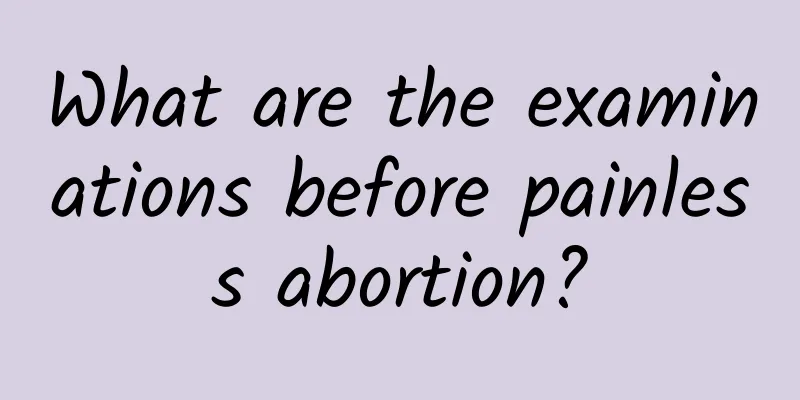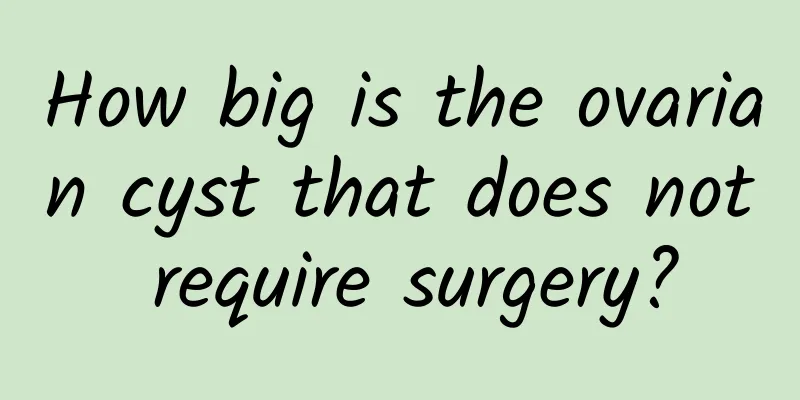What are the symptoms of uterine fibroids? Don't ignore the five symptoms of uterine fibroids

|
What are the symptoms of uterine fibroids? (1) Increased menstruation Submucosal and intramural fibroids often occur, which manifest as menorrhagia, prolonged menstruation or irregular vaginal bleeding. The main reason for increased bleeding is that the area of the endometrium increases, which hinders uterine contraction, affects blood circulation, and causes endometrial congestion. Due to long-term bleeding, patients often have varying degrees of anemia. (ii) Lower abdominal mass When the subserosal or intramural fibroids grow larger than the pelvic cavity, the patient can go to the hospital to treat the lump by himself, accompanied by a feeling of falling. Compression symptoms Fibroids located in the lower part of the uterus and cervix, if embedded in the pelvic cavity, can compress pelvic tissues and nerves, causing lower abdominal pain and back pain. Fibroids growing forward or backward can compress the bladder, urethra, or rectum, causing frequent urination, dysuria, urinary retention, or constipation. When fibroids grow on both sides, they form broad ligament fibroids, compressing the ureter or hydronephrosis; if they compress pelvic blood vessels and lymphatic vessels, they can cause lower limb edema. 4. Pain Rarely, in addition to the pain caused by pelvic nerve compression, pedunculated submucosal fibroids can also cause pain caused by uterine contractions. When the fibroids block the cervical canal and hinder the outflow of menstrual blood, it can cause dysmenorrhea. When the pedicles of pedunculated subserosal fibroids are twisted or the uterine fibroids undergo red degeneration or infection during pregnancy, it can cause severe abdominal pain. (5) Effects on pregnancy and childbirth Subserosal fibroids generally do not affect pregnancy. When uterine horn wall fibroids compress the interstitial part of the fallopian tube and submucosal fibroids, causing endometrial infection and complicated endometrial hyperplasia, it can cause infertility. If you can get pregnant, sometimes insufficient blood supply or uterine cavity stenosis will hinder fetal development, leading to miscarriage and premature birth. When the pregnancy is full-term, the deformation of the uterine cavity can lead to malposition of the fetus, and fibroids can hinder uterine contractions, dystocia and postpartum hemorrhage. |
<<: What are the symptoms of uterine fibroids? What are the key points of uterine fibroids?
>>: How are uterine fibroids formed? Uterine fibroids are generally formed by estrogen stimulation.
Recommend
Human factors that contribute to endometriosis
The cause of endometriosis needs to be correctly ...
What should I do if I have cervical erosion? Does mild cervical erosion need treatment?
If you are still asking about cervical erosion, y...
Gynecology What medicine is used to wash small uterine fibroids? What medicine is used to treat small uterine fibroids?
What medicine should be used to wash gynecologica...
Let you know what is the cause of cervical hypertrophy?
Let you know what is the cause of cervical hypert...
Drugs cannot completely eradicate uterine fibroids
Although uterine fibroids are a benign tumor, the...
Is cervicitis serious?
Cervicitis refers to an inflammatory disease of t...
The main advantage of painless abortion is high safety
I think women should be familiar with painless ab...
Can sauna and massage remove subcutaneous fat? Eliminate subcutaneous fat by doing this
How to eliminate the three types of body fat? To ...
Can HCG detect ectopic pregnancy?
Can hcg detect ectopic pregnancy? Ectopic pregnan...
Symptoms of threatened abortion
The first three months of pregnancy are the most ...
What to eat after an abortion to recover quickly What to eat after an abortion to replenish the body
What to eat after abortion to recover quickly Aft...
Diagnosis of cervical erosion
It is not difficult to diagnose cervical erosion ...
Which hospital is good for treating endometrial thickening?
Which specialist hospital is good for treating en...
What are the methods of abortion in three months of pregnancy?
Nowadays, unexpected pregnancy is normal, but for...
A 23-year-old woman was diagnosed with vulvar cancer! Her "bad habits" are a wake-up call for everyone! It's worth learning from
"Doctor, I'm only 23 years old, how come...









